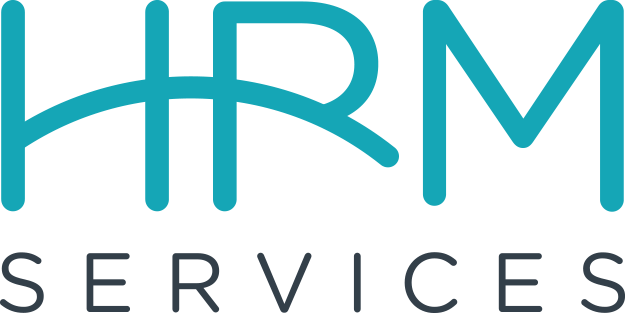QUESTION: During a few recent exit interviews with departing staff, it has been suggested that improving our company’s onboarding process would make a positive impact on the employee’s overall work experience. We have a process called ‘orientation,’ but I’m worried it doesn’t include everything it should. How is onboarding different from orientation and what would I need to do to make this process better for my new hires?
ANSWER: You are not alone in your confusion over the term ‘onboarding’. Many think onboarding is a new term for ‘orientation’. Rather it is the broader and more comprehensive process of integrating and acclimating new employees to their job, the company, and the work culture as a whole. The overall goal of onboarding is to ensure that new employees feel welcomed, supported, and well-prepared to succeed in their new roles, which can lead to increased job satisfaction, higher productivity, and better retention rates.
The onboarding process typically includes several stages, such as:
- Pre-boarding: This stage occurs before the employee’s first day and often involves administrative tasks like completing paperwork, setting up workspaces, and providing initial information about the company and their role.
- Orientation: Usually held on the first day, orientation introduces new employees to the company, its mission, values, policies, and procedures. The first day is important. Start the new employee on the slowest day of the week. Welcome the employee and celebrate their arrival. Limit the information you give on this first day; keep it simple so as to not overwhelm and instead focus on building relationships with both internal staff and customers.
- Training and development: During this stage, new hires receive job-specific training to understand their responsibilities and develop the skills needed for their role. Establish a training plan based upon the needs of the new employee. Identify the trainers based upon the trainer’s teaching skills. If possible, have more than one trainer to provide different perspectives and be sure to explain why you perform the task and how the task may impact other aspects of the process. Evaluate the new employee’s knowledge and adjust the training plan if necessary.
- Integration: This ongoing stage focuses on helping new employees integrate into the company’s culture and build relationships with colleagues. It involves regular check-ins, feedback sessions, and opportunities for social connections and networking.
Business owners should spend time with the new employee too. You want this person to know and trust you and you want to get to know and trust them. Tell them about your education, why you went into this business, your family, your hobbies, and ask your new hire the same questions.
Onboarding, when done well, will set the new employee up for success. That’s because onboarding follows a well-developed plan that educates new employees about: your company, your benefits, your work rules and expectations, position-specific training, cultural norms of your office, your customer base, their fellow co-workers, etc. It is an ongoing process, one that spans several months rather than several hours. Investing the necessary time and energy to develop a robust onboarding plan will pay dividends in increased employee satisfaction, reduced time to proficiency and (hopefully) reduced turnover!

